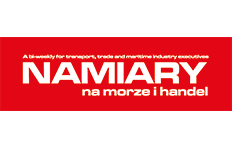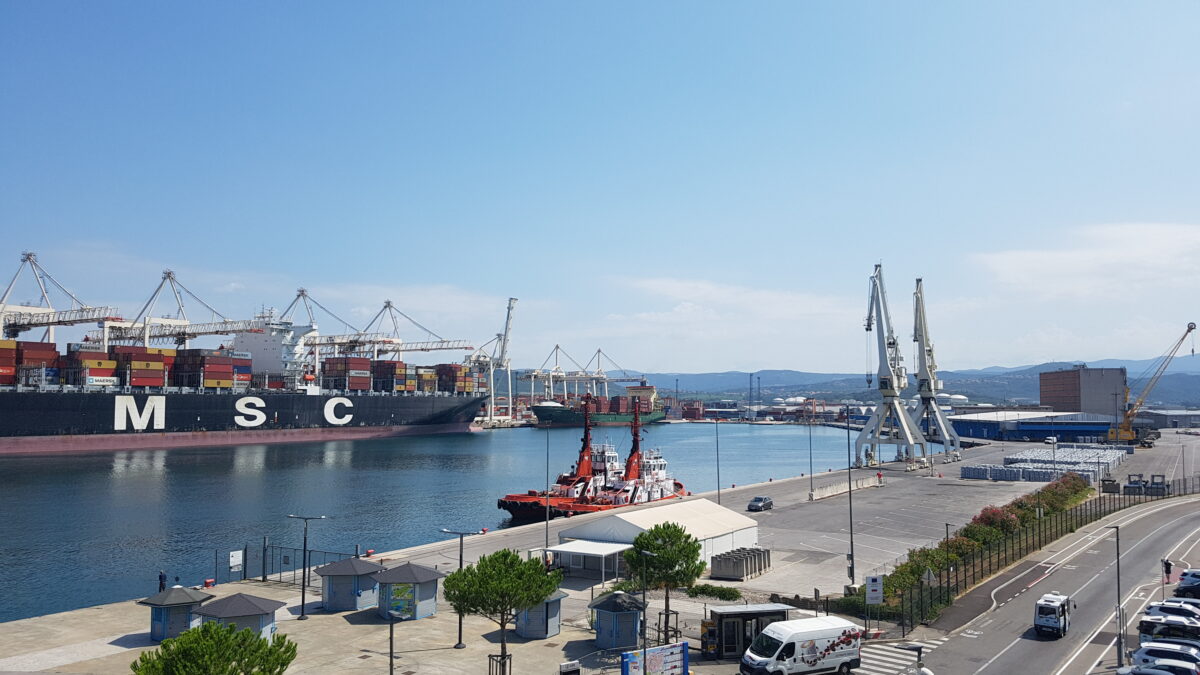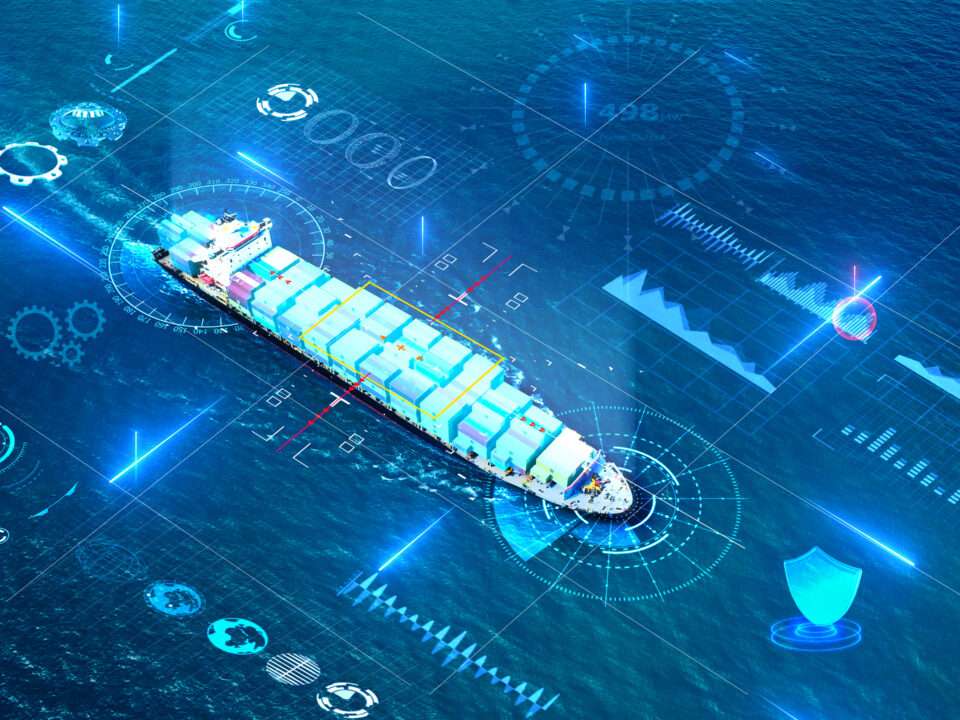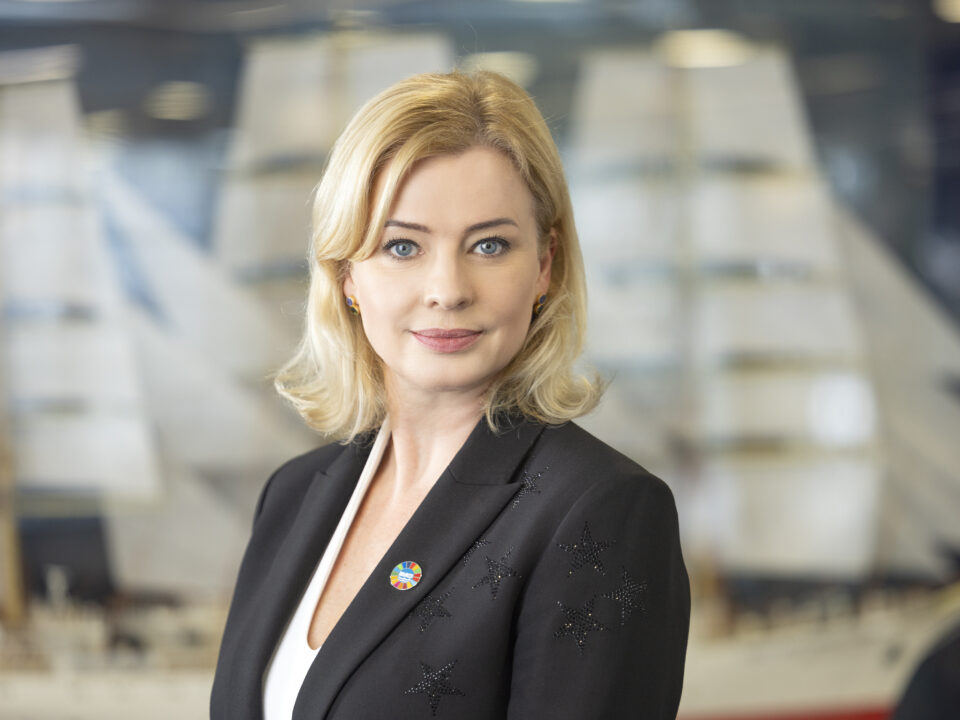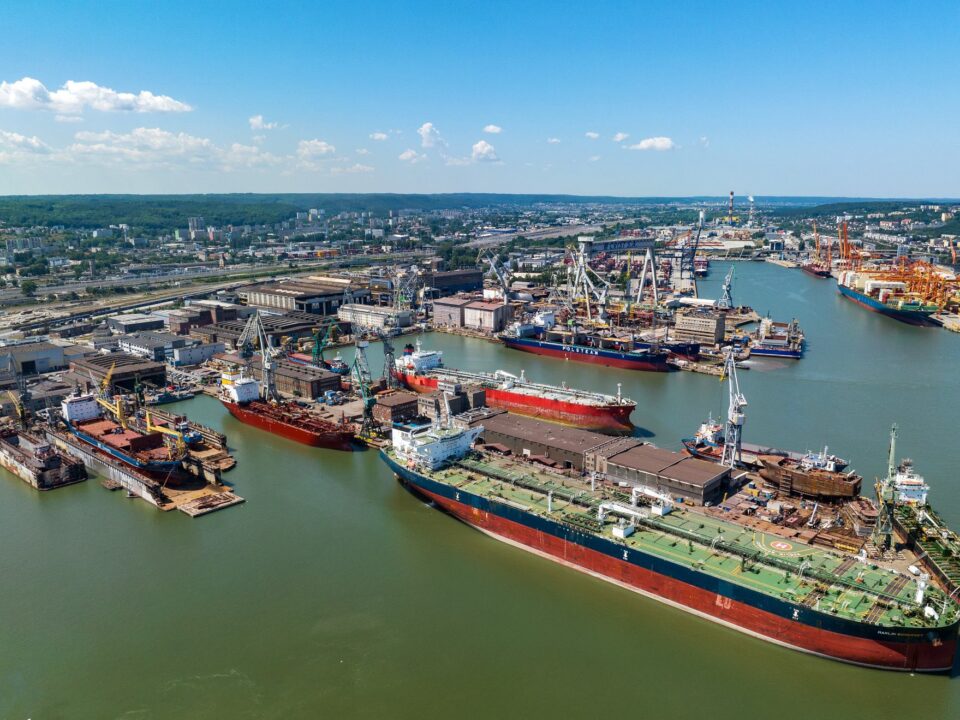
What will the Polish offshore be like?
22 November 2023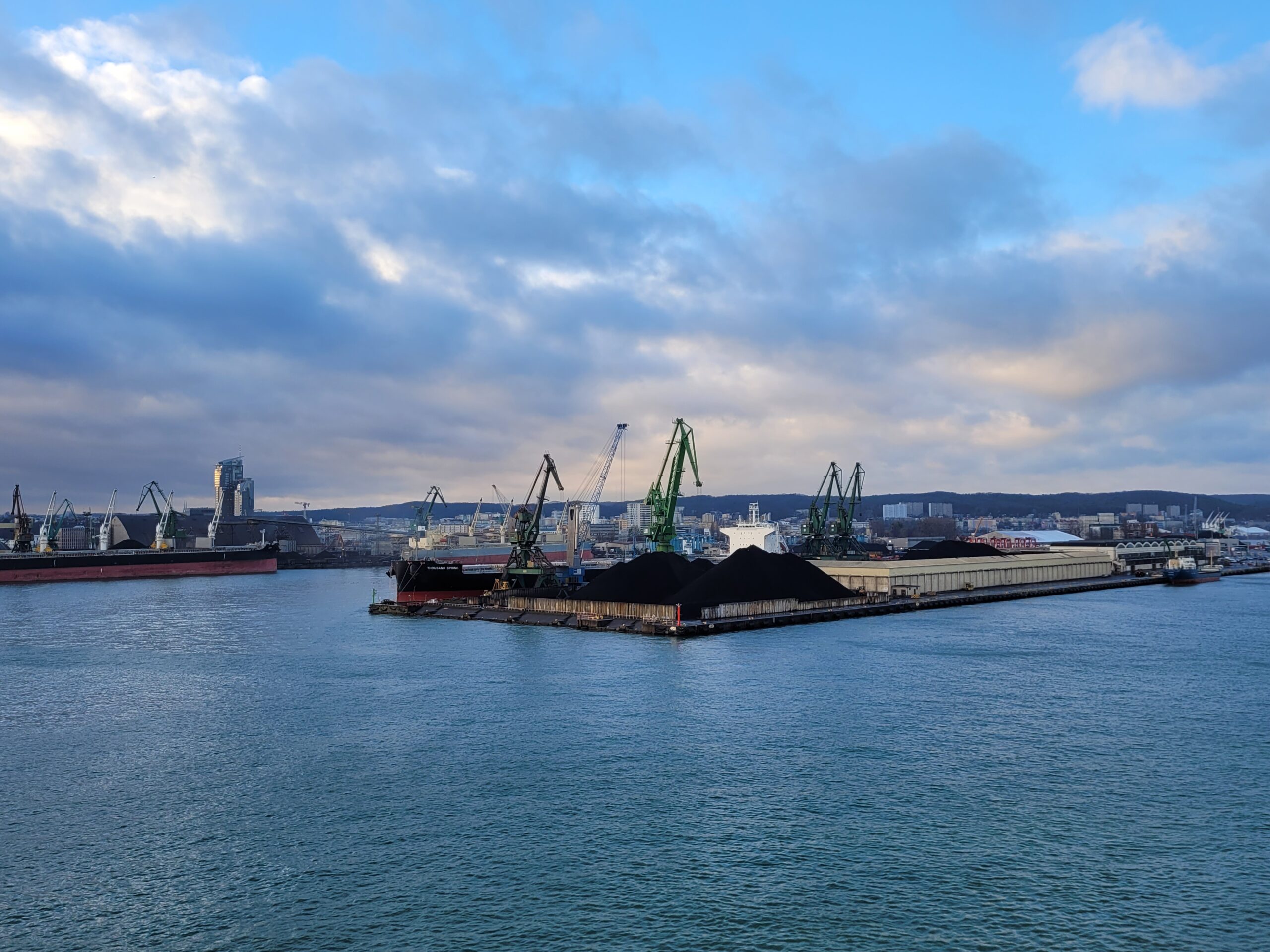
Continued Bulk Increases
5 January 2024For years, it seemed that in the competition for Central European markets, Adriatic ports would not pose a significant threat to those in the North Sea and the Baltic. However, in recent years, investments in port and access infrastructure (including railways), as well as the influx of foreign operators, have significantly accelerated the development of the Slovenian port of Koper, the Italian port of Trieste, and the Croatian port of Rijeka in particular. All three are gradually catching up with infrastructure gaps, which in the long run will further enhance their potential for expansion into the Czech, Slovak and Hungarian markets, as well as Austrian and German markets. Adriatic ports have even greater ambitions – they are preparing for the reconstruction of Ukraine, which in their case will facilitate transportation routes to the east, and they intend to become more active on the Polish market, which poses serious challenges to our seaports, but also opens up some opportunities for them.
Adriatic ports are increasingly expanding into Central European markets, becoming an increasingly important competitor not only to those on the shores of the North Sea – Rotterdam, Antwerp-Brussels or Hamburg – but also the Baltic Sea. Containers play a crucial role in the development plans of Koper, Rijeka, and Trieste, as they are the leading and most profitable way of transporting goods. In 2022, these ports handled a total of over 2.4 million TEUs, almost 80% of the volume of all Polish seaports (approximately 3.1 million TEUs). Over the past decade, Koper, Rijeka, and Trieste have more than doubled their transshipment volumes (1.15 million TEUs in 2012), with a 20% increase compared to pre-pandemic times (2 million TEUs in 2019).
The world’s largest shipowners and operators have already recognized the growing potential of Adriatic ports, as have Hungary and the Czech Republic, for which guaranteed port access is a pre-requisite for economic stability.
Trieste is home to the leading shipowner, MSC, and the German company Hamburger Hafen und Logistik AG (HHLA). MSC operates the main container terminal there – Trieste Marine Terminal (TMT) – and holds an 80% stake in it (the remaining 20% is owned by the Italian company T.O. Delta). It provides the port with a strong network of connections in the Mediterranean, mainly to Turkey, Greece, Israel, and Egypt. The terminal’s maximum capacity is 900,000 TEUs per year for now, but it is expected to rise to 1.2 million TEUs in the coming years, which will enable the port to handle the largest container ships with a capacity of up to 24,000 TEUs.
Since 2021, HHLA has also had a terminal in Trieste, when it acquired a majority stake (50.01%) in the Piattaforma Logistica di Trieste (PLT) multipurpose terminal. Although the two operators have been competing in Trieste, the situation is bound to change with MSC’s planned acquisition of a 49.9% stake in HHLA. It will also further strengthen the MSC’s position on the logistics map of Europe. HHLA operates three terminals at the port of Hamburg, as well as terminals in Tallinn and Odessa. It also owns the Czech Metrans, one of the largest intermodal carriers in the region. It continues to develop connections from PLT to terminals in the Dunajská Streda in Slovakia or Ostrava in the Czech Republic, and from there to other destinations including Budapest and the terminal in Zalaegerszeg, which will be launched in 2024. This will certainly boost the volume of transhipment operations in Trieste to the Czech, Slovak, and Hungarian markets.
As regards Rijeka, the Danish Maersk company has noticed its potential. Through its APM Terminals company, it has invested in the construction of the Rijeka Gateway container terminal. It is said to be the most state-of-the-art facility of its kind in the northern Adriatic, with a capacity of 1 million TEUs annually. In 2021, Maersk received a licence to operate it for 50 years. The project will be carried out in cooperation with the Croatian company Enna Logic, as insisted on by the authorities in Zagreb. The Danes intend to increase the volume of their transshipment operations in Rijeka bound for Central European markets (mainly the Czech Republic, Slovakia, Austria, Germany, and Hungary), as well as the neighbouring countries – Bosnia and Herzegovina and Serbia. The first stage of construction work is expected to be completed in 2025.
At present, most transshipment operations at the port of Rijeka are carried out at the AGCT terminal, in which the Philippine conglomerate ICTSI, which also owns the BCT in Gdynia, has held a 51% stake since 2011. The facility can handle up to 600,000 TEUs annually. The AGCT offers regular train connections on more than 10 routes to Austria, Bosnia and Herzegovina, the Czech Republic, Serbia, and Hungary. For decades, the Croatian authorities have also planned to build another container terminal on the nearby island of Krk, where an LNG terminal is located. This step would significantly strengthen the port’s position versus Koper or Trieste, but the chances of this project are currently considered slim due to the lack of funds.
Companies from other states in the region are also investing in the Adriatic ports. Czech investors have been present in Rijeka for several months. In March 2023, they purchased a stake in the company which manages the port from Polish operator OT Logistics. The new investor is Port Acquisitions (PA), a company set up for this purpose shortly after the Polish company announced its intention to sell the shares. The change of key investor will strengthen Rijeka’s position on the Czech market at the expense of Hamburg, Rotterdam, and Koper, which until recently were the most important partners for Prague. The decision to carry out this investment was linked to the Czech Republic’s mounting problems with access to Western European ports, particularly those in Germany.
As for the port of Trieste, it may become the key sea port for Hungary. In 2019, the government in Budapest leased a 32-hectare site at this port for 60 years for €45 million. A multimodal Adria Gate terminal is to be built there by 2026, alongside a distribution warehouse and a railway terminal. The construction of the terminal will consume 200 million euros, a portion of which (about 45 million euros) is expected to come from the Italian National Recovery Plan.
Article developed with Namiary na Morze i Handel magazine
phot. Namiary na Morze i Handel magazine
